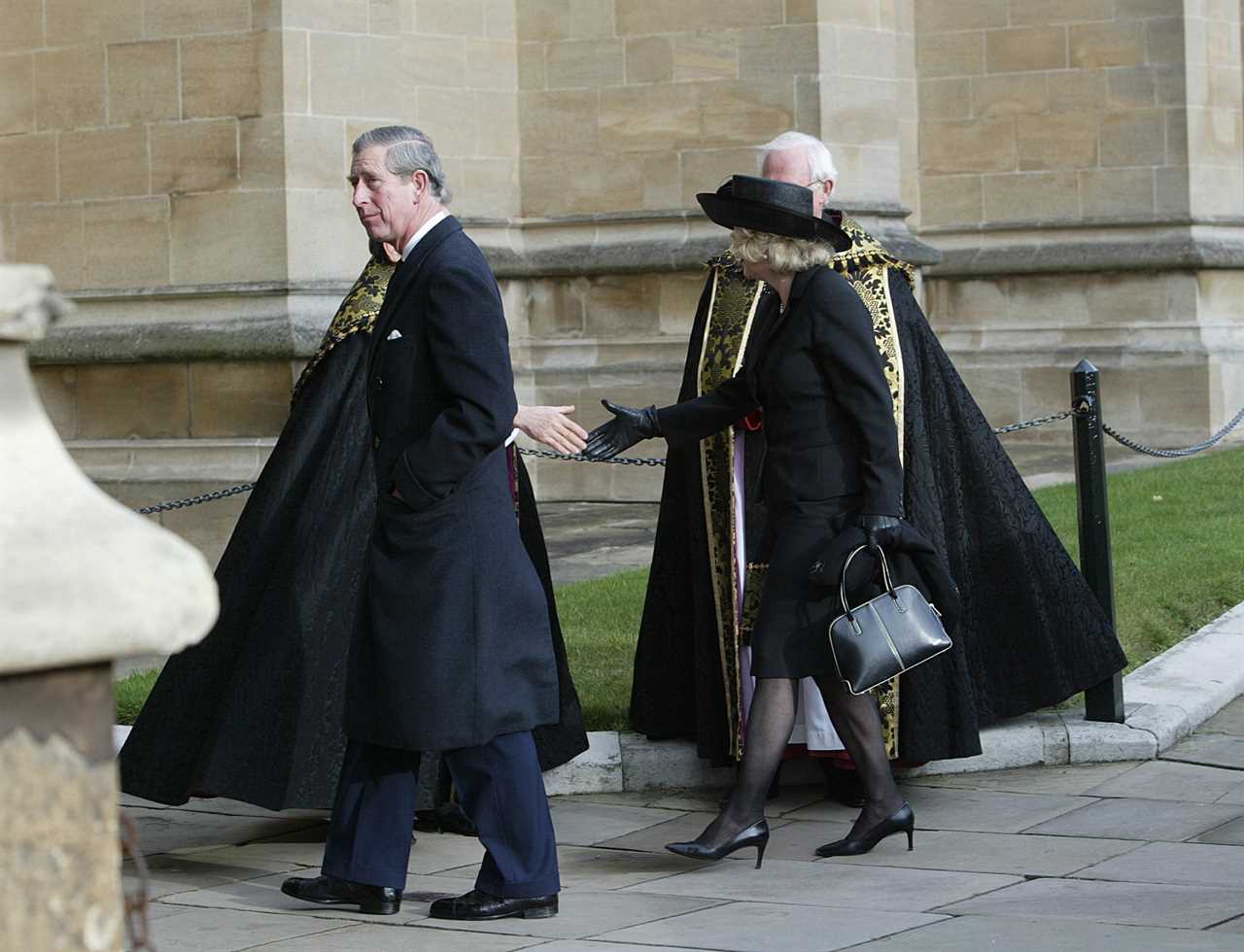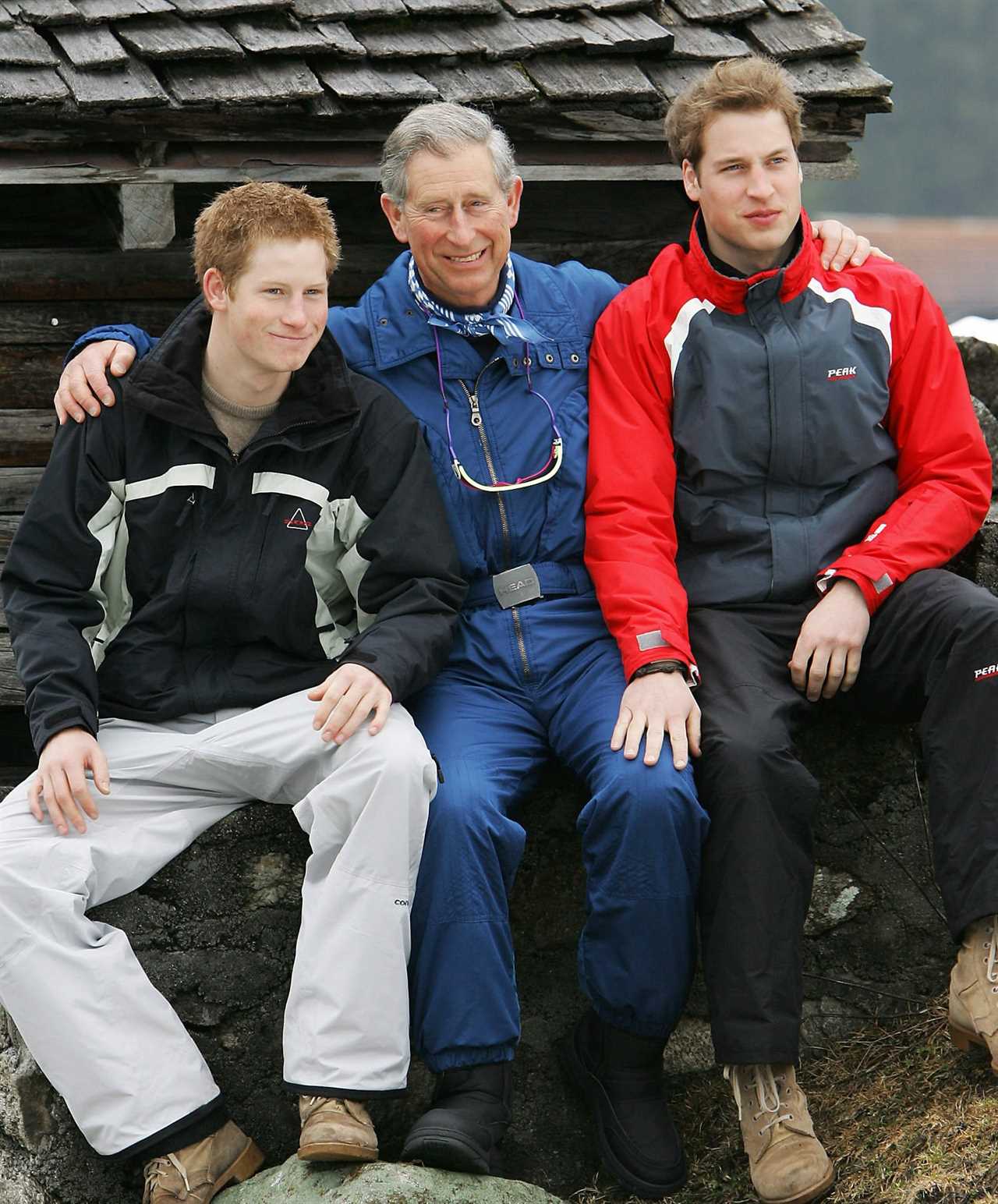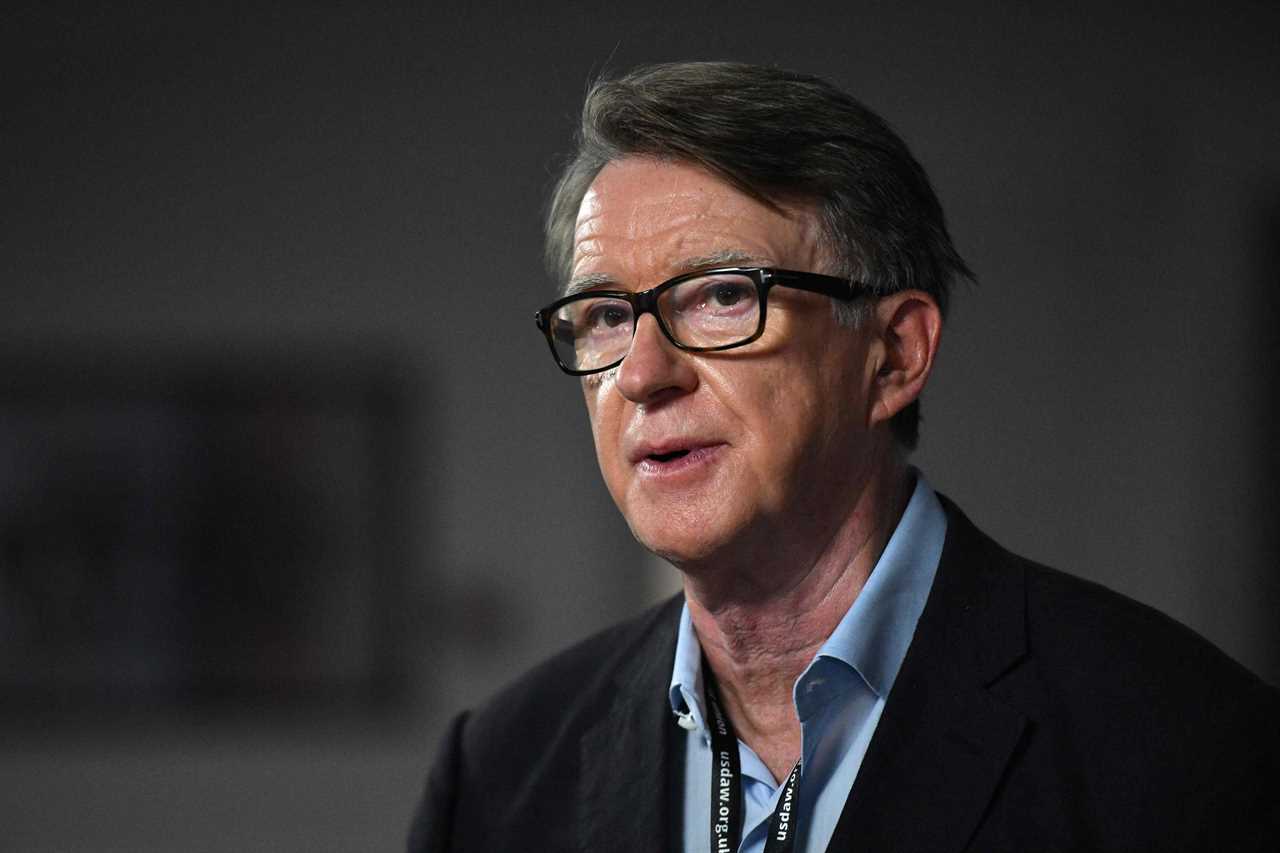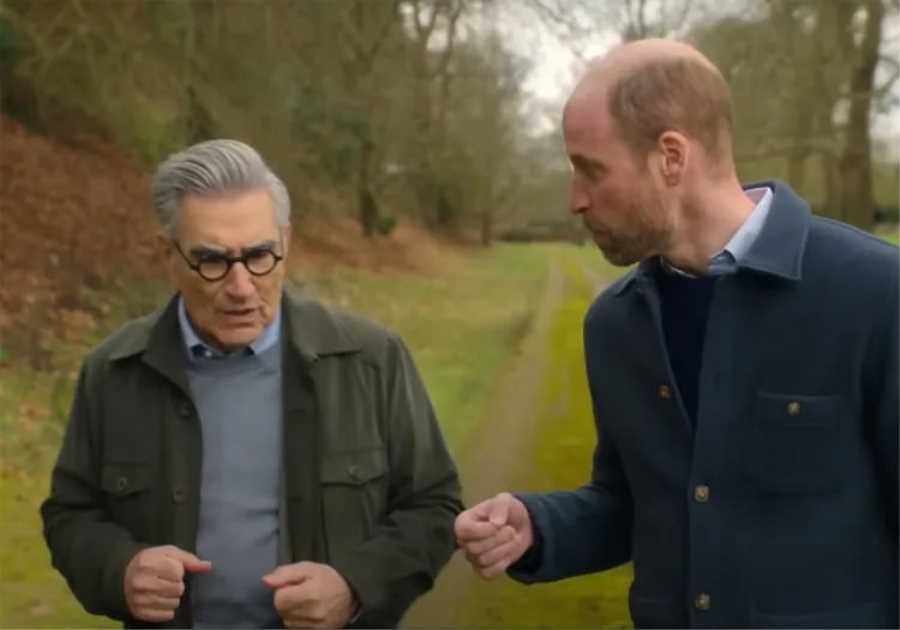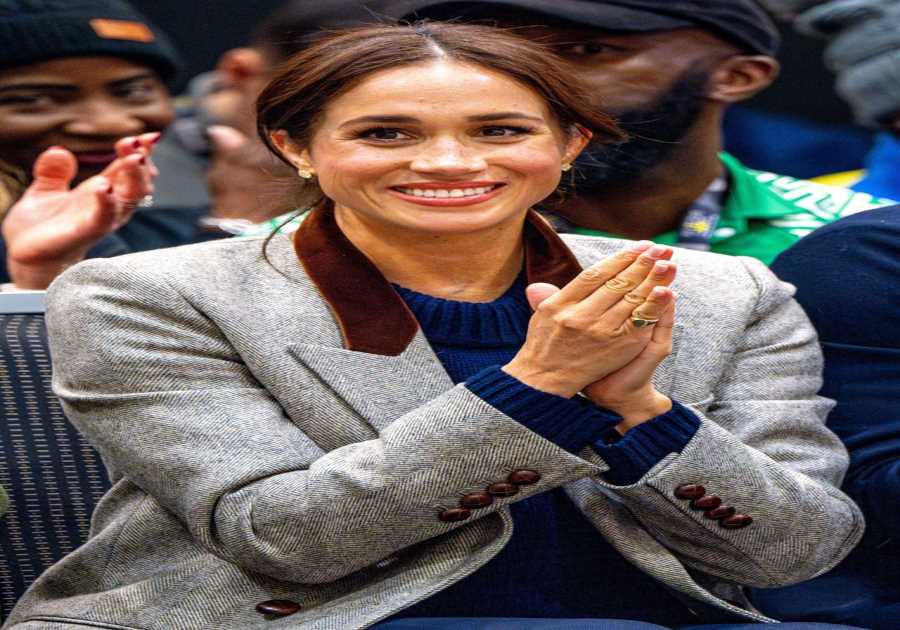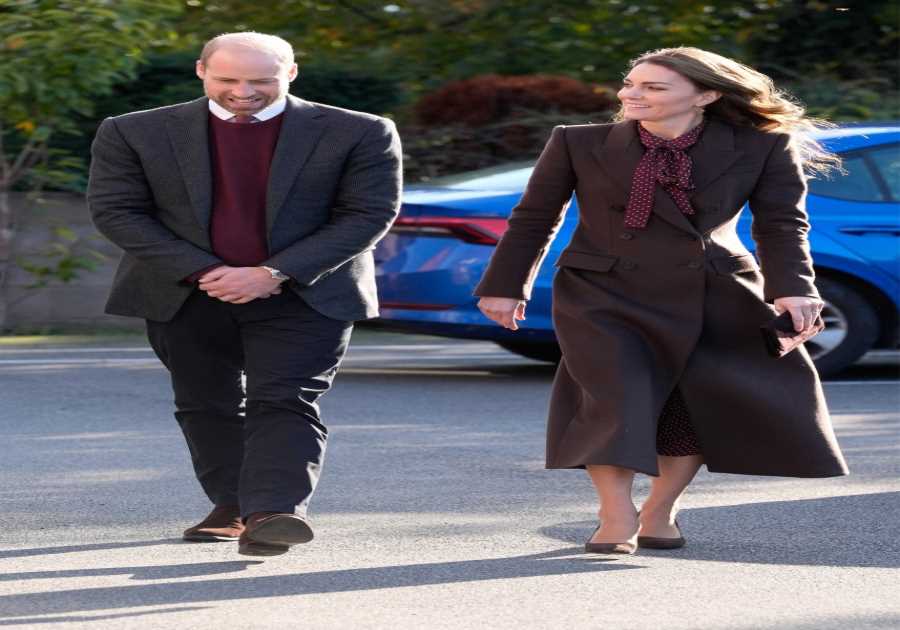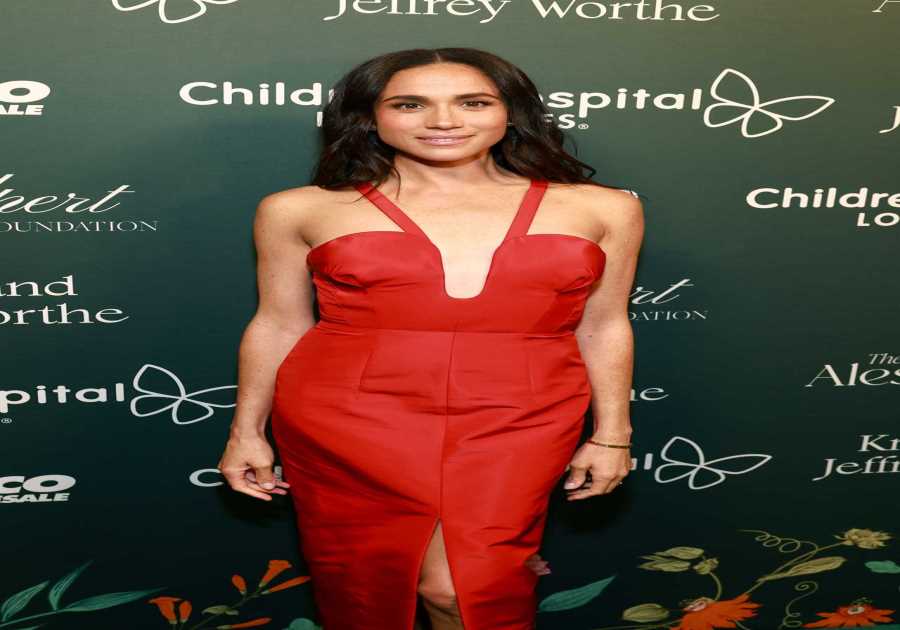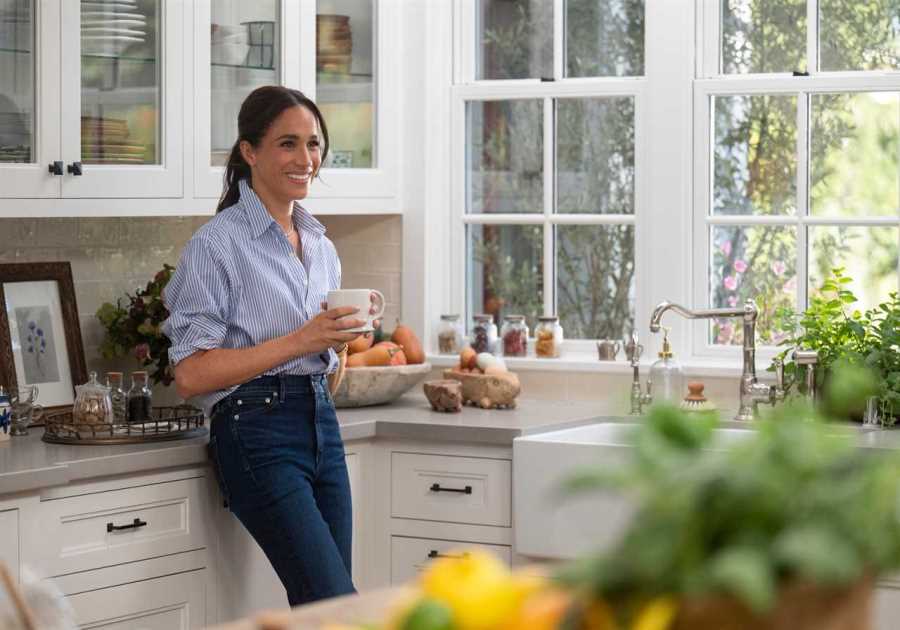IT was a significant intervention by his mother 17 years ago that finally convinced Prince Charles it was time to take the biggest gamble of his life.
And an announcement by the Queen this weekend showed how spectacularly that gamble has paid off.
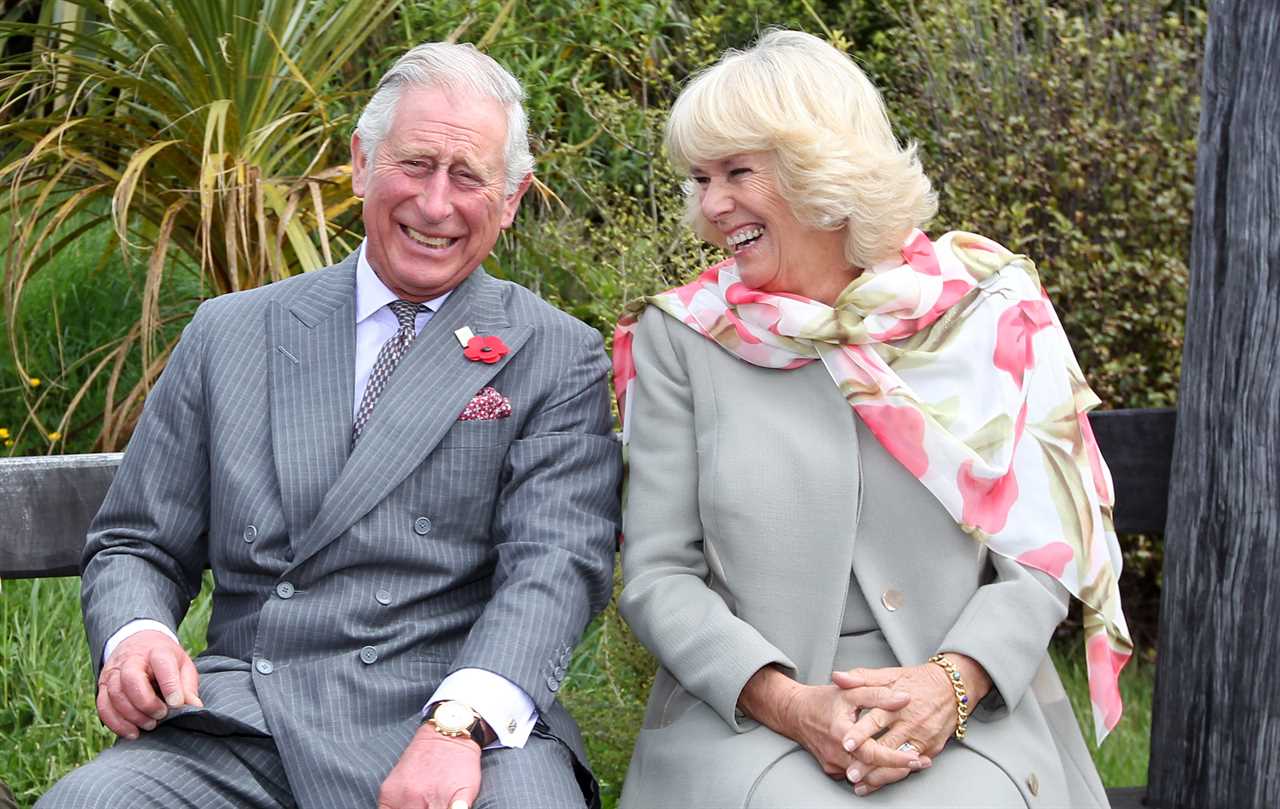
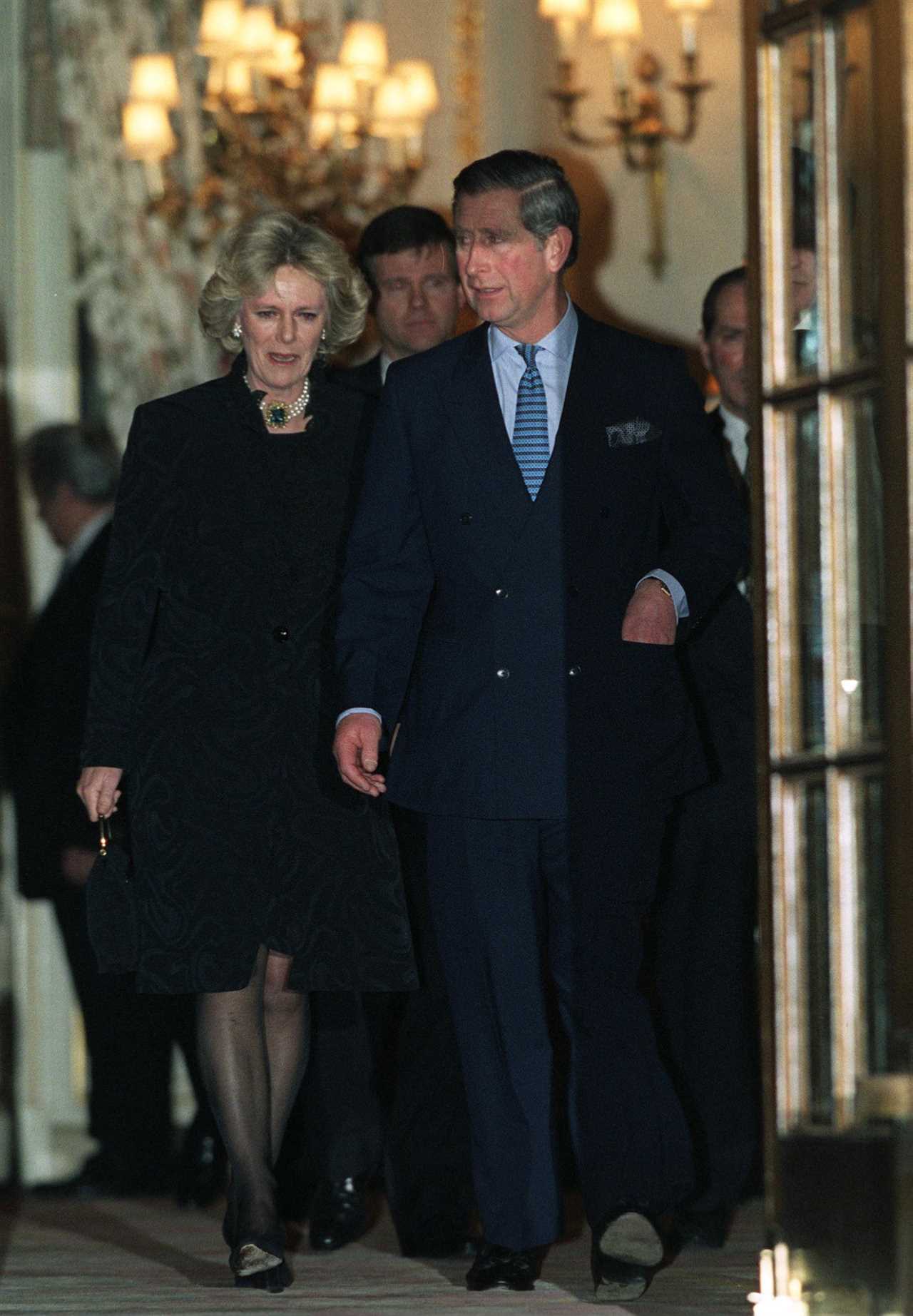
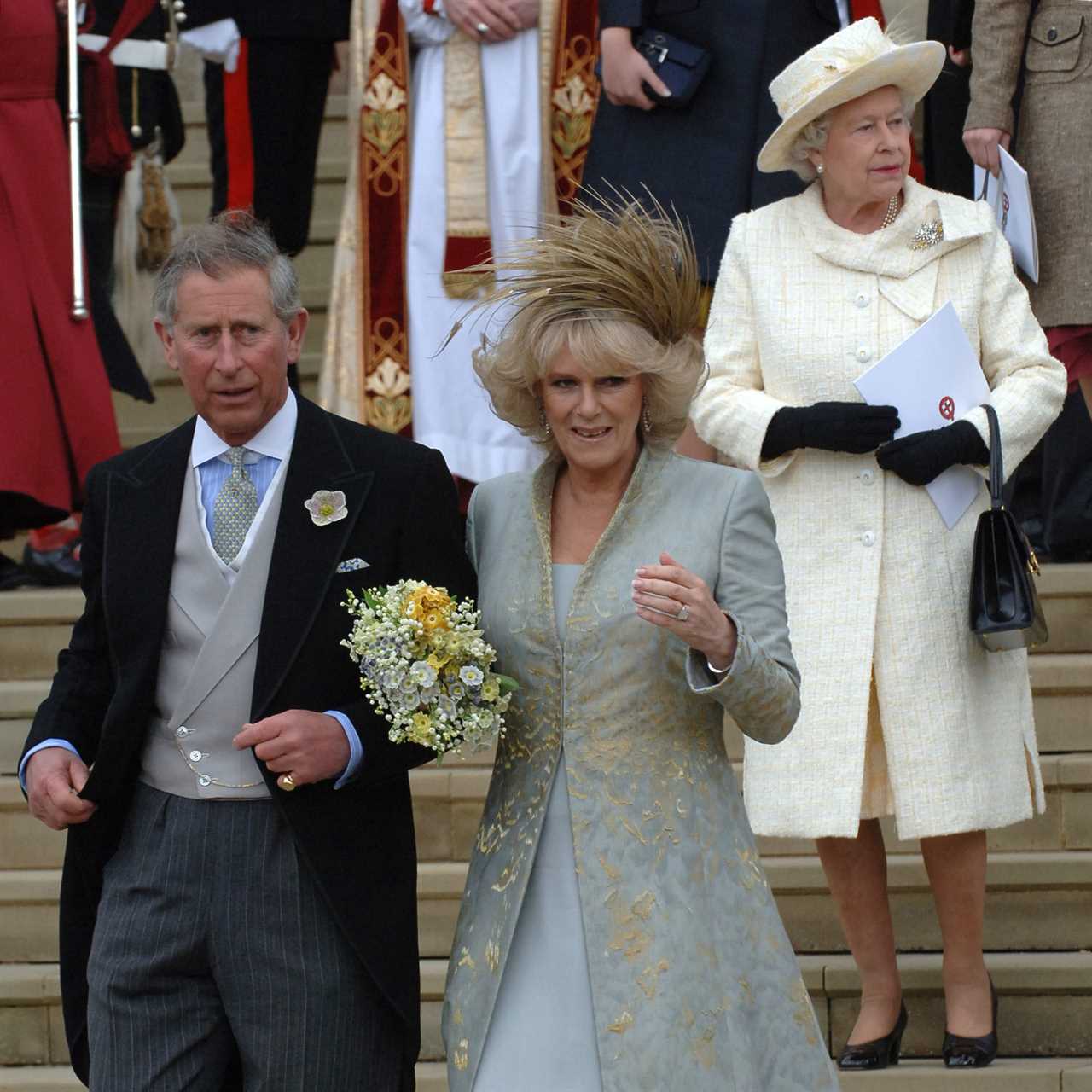
In an unprecedented move, Her Majesty gave her blessing to the woman Charles has loved since 1970 — expressing her wish that Camilla be known as Queen Consort when Charles takes the throne.
The public endorsement of the Duchess of Cornwall showed how far attitudes of both the Monarch and her people have changed — and how successful a plan launched by Charles and a crack team of advisers, known as Operation PB, has been.
Things were very different in January 2005, when he and Camilla Parker Bowles were due at the funeral of Princess Alexandra of Kent’s husband Sir Angus Ogilvy.
Back then the Queen was concerned that pictures of her eldest son next to the woman Princess Diana called “The Rottweiler” would be unacceptable to the public.
It may, she concluded, even offend some people to see a divorcee as Charles’s Plus One in St George’s Chapel, Windsor.
So instead of sitting together as they had planned, Charles and Camilla were told to attend the ceremony apart.
They reluctantly but dutifully obeyed.
According to one courtier, his mother’s decree left the Prince of Wales “incandescent with rage”.

Read our Royal Family live blog for the latest updates
And it finally prompted a man often seen as weak compared with his overbearing father to stand up to his parents and tell them: “Enough is enough.”
It was time for his mistress to become his wife.
By then, Charles had been working for years on Operation PB with the aim of changing perceptions of Camilla. But marrying her was still a huge risk.
If he didn’t take the public with him, his chances of becoming king could have vanished live on TV.
The register office ceremony at Windsor Guildhall on April 9, 2005 was low-key, with the Queen declining to attend and the guests limited to family only.
But Charles had finally got his way, and to the Queen and Prince Philip’s enormous relief, the public loved it.
In the nervous months that followed, it seemed the impossible had happened.
The Duchess of Cornwall was being accepted as the family’s newest recruit.
On the day of the wedding I was The Celeb Report’s royal reporter, working alongside the paper’s royal photographer, the great Arthur Edwards.
We were fortunate enough to have the best view of all when the couple emerged into Windsor High Street.
From the balcony of the town’s Castle Hotel, we could feel the mood of the thousands crammed on to the pavements below.
There were no boos from The Diana Faithful. Excitement surged through the crowd. People cheered and waved flags.
The newlyweds beamed as they headed off . . . and I was struck by how different it could have been.
If Charles had misread the mood that day, he may have faced the prospect, like his great uncle Edward VIII, of having to choose between the woman he loved and the Crown.
PUBLIC ENEMY NO1
So how did Camilla go from being Public Enemy No1 into a consort admired by millions?
It was not an accident, but the result of one of the most successful PR campaigns of Elizabeth II’s long reign.
Operation PB was first conceived exactly a year before Diana’s death, at a time when Camilla was being demonised by the public and the press, and the Royal Family were urging Charles to “cut her loose”.
In August 1996 Camilla met Mark Bolland, the well-connected director of the Press Complaints Commission, who recalled: “She was frankly a wreck and under immense strain.”
Within weeks, Bolland was working for Prince Charles as assistant private secretary.
Part of his job was to mastermind a campaign to improve Mrs Parker Bowles’s image and Charles regarded his dealings with the press as a necessary evil.
A live TV debate in January 1997 showed how much work there was to do if Operation PB was to be a success.
In a poll of 2.6million viewers for the programme, a third voted to end the monarchy and when Camilla’s name was mentioned, many in the audience booed loudly.
Around Camilla’s 50th birthday in July 1997, Bolland planned a publicity rollout including a party at the Prince’s home, Highgrove, where he and Camilla were “openly intimate”.
A fortnight later the couple met Prime Minister Tony Blair’s closest ally Peter Mandelson at Highgrove, where Charles told him how they wanted to live a more “normal” life.
Mandelson did not hold back and told the Prince how the public “had the impression that you feel sorry for yourself and you’re glum”.
Bolland later wrote that Mandelson’s guidance on how to win over the public had helped him form a plan that would eventually lead to the couple’s wedding.
But Diana’s death in Paris in August 1997 almost killed off Operation PB.
The public backlash against Charles and Camilla after the Princess was killed was devastating.
Life as a royal had been unbearable for Diana. Charles was the uncaring husband, Camilla the calculating mistress.
There was a sense that their long extra-marital relationship was in some way to blame for the tragedy.
For two weeks after Diana’s funeral Charles avoided appearing in public.
He seemed nervous on his first official engagement in Manchester, where large crowds turned out, but there were no placards blaming him or Camilla for Diana’s death.
One woman took hold of the Prince’s hand and told him: “Keep your chin up.”
Touched, Charles replied: “That’s very kind of you but I feel like crying.”
The irony was that at the time, Charles and Camilla’s relationship was stronger than ever.
But now marriage was unthinkable, let alone the prospect that Camilla could one day be Queen.
Divorce, then death, had stolen that prize from Diana.
If there was to be any chance of any future happiness, Charles knew something had to be done.
His first priority was to protect Camilla.
As a non-royal she was not entitled to her own taxpayer-funded security detail, so Charles secretly paid for her to have her own bodyguard, a retired Met Police officer with years of diplomatic protection experience.
Next, staff at Charles’s home Clarence House had to buy time.
It was agreed that pictures of the couple together were out of the question while the backlash continued.
Stories spread about how Camilla was smuggled into the Prince of Wales’s Highgrove estate hidden under a blanket on the back seat of a car, such were the lengths they went to to avoid stoking the public’s anger.
It would be nine months after Diana’s death before Camilla was introduced to Prince William, just days before his 16th birthday.
Before Diana’s death, it had been obvious that her children had no interest in meeting their father’s lover.
But in June 1998, William was finally ready to meet Camilla, who was so anxious to make a good impression, she “trembled like a leaf”.
The 30-minute meeting at York House, Charles’s then London home, went well but moments after leaving the room Camilla gasped: “I really need a gin and tonic!”
They met twice more, then Harry joined their get-togethers.
Privately Charles was growing increasingly impatient to move ahead with Operation PB.
So just before midnight on January 28, 1999, he and his long-term love stepped out in public for the first time as a couple.
They were photographed outside London’s Ritz Hotel as they left a 50th birthday party for Camilla’s sister, Annabel Elliot.
‘THE ROTTWEILER’
A wall of photographers waited outside in what has now become one of the most memorable photo-calls in modern royal history.
The coverage sparked some criticism from The Diana Faithful, with some commentators describing it as an insult to the late Princess.
But by 2003, when Charles brought in PR man Paddy Harverson, Manchester United’s former head of communications, a new confidence had grown at Clarence House. It seemed the icy feelings towards Camilla had started to thaw.
The most important plank of Operation PB centred on Princes William and Harry.
They were quickly identified as the key to softening the nation’s feelings towards Camilla.
If they accepted Camilla, despite all that had happened, the public would surely follow suit.
In the years since Diana’s death, Palace spin doctors have provided dozens of opportunities for the media and the public to see Charles playing the fatherly role.
Pictures of the future king with his sons at his side were drip-fed by the Palace for a number of years.
Charles watching his sons pass out of Sandhurst, William graduating, or the three of them enjoying the traditional Easter ski trip to Switzerland, showed the genuine warmth between them.
Less than a month before Charles was due to wed Camilla, Clarence House tried one more big push.
A photocall was arranged during the annual ski trip in Klosters, Switzerland to show Charles flanked by his sons enjoying a holiday as a family.
The idea was to show the public that Charles’s boys had given their father their approval for the wedding.
As it turned out, the coverage was dominated by Charles’s comments under his breath at that photocall, slagging off the BBC’s Royal Correspondent Nicholas Witchell.
None of it mattered, because the message from the boys was clear: “Our father has our blessing.”
And so it was that a relationship that had lasted on and off for more than 35 years was made official by their marriage in April 2005.
The images of William and Harry beaming with delight as they followed the happy couple out of the Guildhall sent a signal to the Diana faithful.
And in an interview that Harry gave to mark his 21st birthday five months later he said Camilla was “a wonderful woman and she’s made our father very, very happy, which is the most important thing”.
He continued that he and William “loved her to bits” and added: “To be honest with you, she’s always been very close to me and William . . . but no, she’s not the wicked stepmother. I’ll say that right now.”
